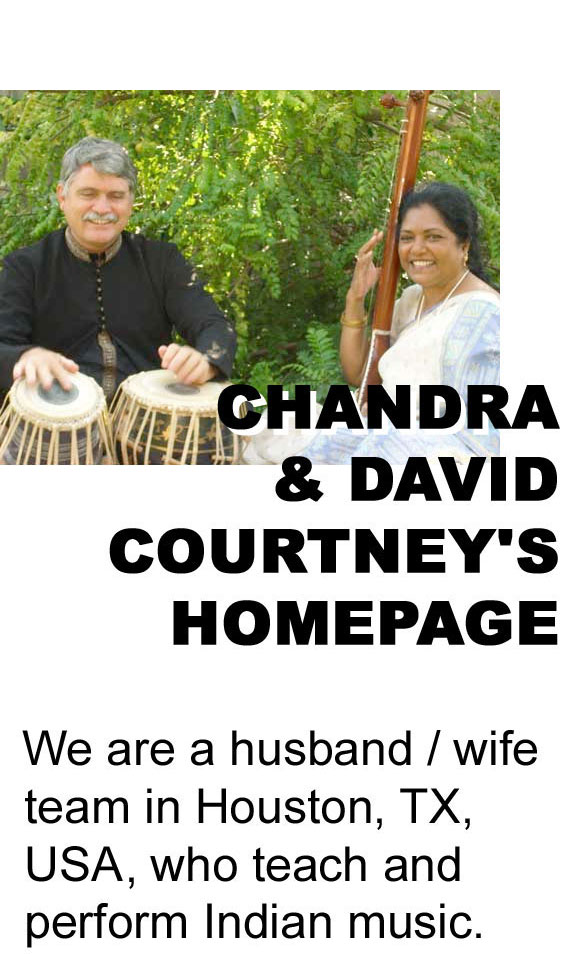INSTRUMENTAL MUSIC: AN OVERVIEW
Instrumental music occupies an important position in Indian music. It is one of the threefold aspects of "sangeet" (vocal music, instrumental music, and dance), and has a very ancient history. Instrumental music is known as "vadhya sangeet".
Most Indian instruments serve one of three functions. There is the melodic function, there is a rhythmic function, and there is the drone. It is not unusual for two or more functions to be joined together; for instance the sitar is a melodic instrument, yet built into it are drone strings. The tabla is a rhythmic instrument, yet the precise clear pitch of the instrument gives it some of the qualities of a drone.
There is a general tendency for the melodic instruments to follow quite closely the vocal styles. Yet, the degree to which an instrument follows is primarily linked to the dynamics of the instrument.
Dynamics is the nature of the loudness of an instrument. This is not intended to mean loudness in the usual interpretation, but rather the amplitudinal characteristics of the instrument. The sitar and flute offer a good illustration. A flute is continuously excited, therefore there is a steady sound as long as the breath is applied. Since it is possible to sustain a sound for a long time, it is possible to perform all kinds of delicate meends (glissando), gamaks or other ornamentation. Instruments with a long sustain tend to follow the vocal styles in their presentation. Contrast this to a sitar with its rapid decay. The sound is essentially inaudible within a few seconds. Many types of ornamentation cannot be executed due to this quick decay.
This creates an artistic pressure for these instruments to develop their own styles. These styles enhance the strong points while avoiding the weaknesses. Over the years they have become formalised into four major instrumental styles known as: alap, jor, gat and jhala. The alap is a slow rhythmless elaboration upon the rag. The jor is a section that has rhythm but no developed rhythmic cycle (i.e., tal). The gat is the fully developed piece, while the jhala is a fast rhythmic interplay between the drone strings and the main playing strings.
| Pages for "Instrumental Music" |
|
Selected Video
© 1998 - 2020 David and Chandrakantha Courtney
For comments, corrections, and suggestions, kindly contact David Courtney at [email protected]
